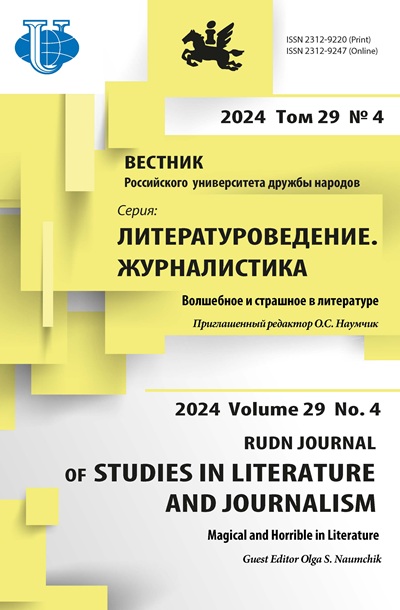Abstract
The article analyzes the communicative strategy of verbal persuasion in Russian television advertising. Special attention is paid to the specifics of speech statements, the identification of communicative techniques, speech tactics, typical lexical and grammatical structures used in the impact on the consumer. The communicative strategy of verbal persuasion is revealed by the examples of advertising production of television commercial advertising. Today, television advertising occupies the largest media segment in the Russian advertising market. In the current economic realities, brands are increasingly using the communicative strategy of verbal persuasion, which makes it important to study the ways of its implementation. The study allows to conclude, that verbal persuasion is an effective communicative strategy, motivating involvement in consumption.
















